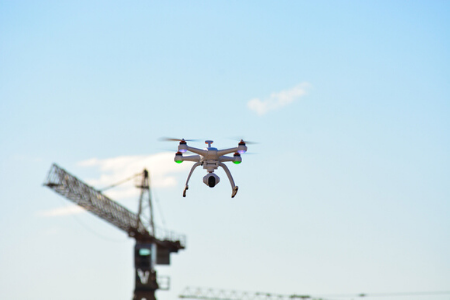The construction industry may be slow to change, but technology’s influence on and off the jobsite is now inevitable.
Although the construction industry is still struggling to ensure high productivity and profitability, emerging technologies are about to significantly improve that. Lately many new technologies and applications have progressively emerged and settled in construction sites.
Construction companies are now undoubtedly recognizing they can benefit greatly from digital technologies available to collaborate more efficiently at all project stages, minimize errors, and subsequently reduce project cycle time and costs.
Managing a construction project is demanding. Tracking site progress, monitoring design and schedule, managing subcontractors, and keeping stakeholders informed are ongoing challenges construction companies tackle every day.

Construction Site Mapping
Drone mapping has the power to transform this construction workflow, revolutionizing aspects of the construction industry. UAVs, (unmanned aerial vehicles) crane cameras, and photogrammetry software are shaking up the AEC industry and its processes by providing never before possible, daily measurable 2D maps and 3D models of the as-built, on an ever-ongoing process.
Project teams are quickly discovering the value all those actionable outputs can bring to all stages of a construction project, including initial site survey and design, volume measurements, elevation comparisons, earthworks management, building construction, inspections, logistics, and maintenance. Not only can drones save project money and resources, but they also provide powerful project insights for more informed communication and faster decision making.
Cloud Technology Improves Project Management
However, improving project outcomes using drone mapping can only occur through an easy integration within the construction workflow. Cloud technology enables a seamless integration.
We are pioneering digital technology with a deep commitment to transform how businesses collect and manage project data. With automated cloud-based processing of drone-based imagery and an intelligent cloud platform to visualize, analyze, and share the generated 2D/3D data, the workflow is fully automated. Cloud technology offers a new ability to better coordinate and collaborate, and significantly improve project management across jobsites. BIM’s future is up in the cloud.
Sabrina Cardot is marketing manager for Pix4D.












